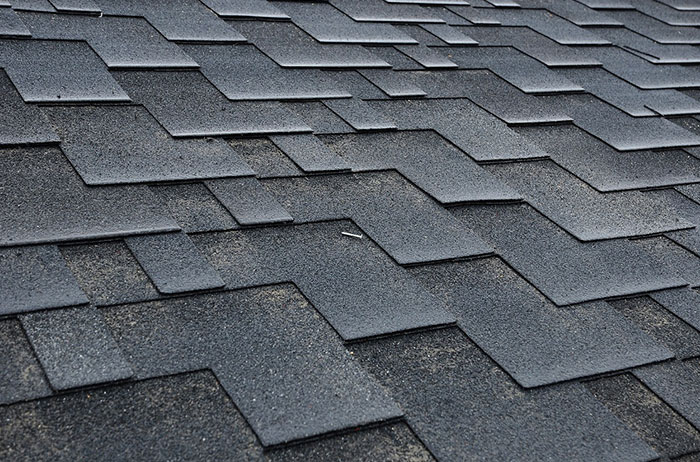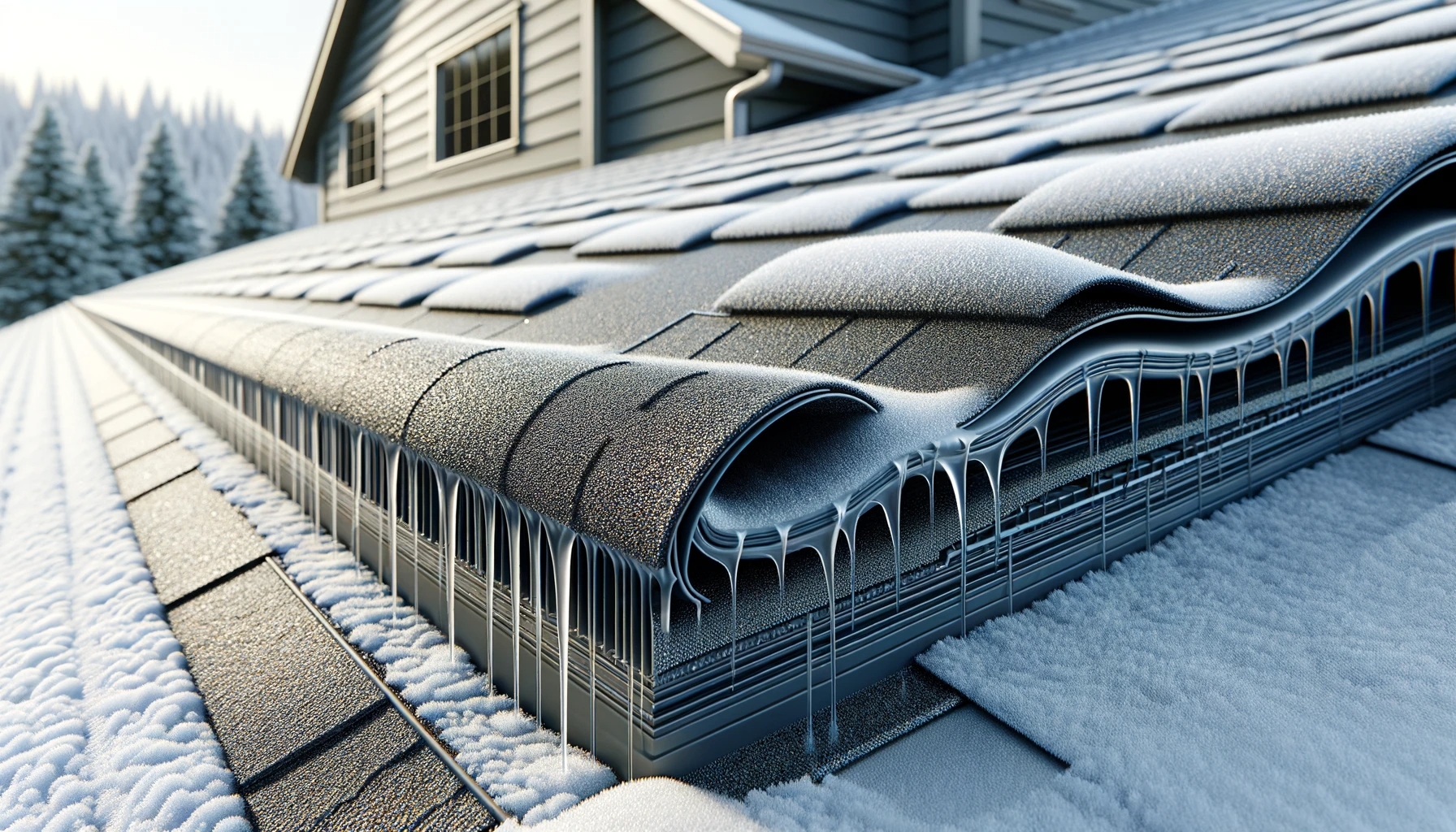When it comes to your home’s roof, the first thing that might come to mind is the layer of shingles visible from the street. However, there’s more to your roof than meets the eye.
Behind the scenes, various materials work together to create a robust roofing system, and one such essential component is the ice and water shield.
At the heart of roofing integrity, the ice and water shield is crucial in safeguarding your home from the elements. Here at Shoreline Roofing, we believe that understanding the elements of your roof is key to ensuring its longevity and durability.
In this article, we’ll discuss the significance of the ice and water shield. By the end of the article, you’ll clearly grasp what an ice and water shield is and why it’s a vital player in protecting your home.
What Is Ice and Water Shield?
Ice and water shield is often called “peel and stick.” It serves as a waterproof underlayment membrane specifically crafted to fortify vulnerable areas of your roof against the perils of ice and water damage.
This protector is crafted with polymer-modified bitumen, with an adhesive back surface that is securely bonded to the roof deck. As a result, the ice and water shield is an optimal choice for regions prone to ice dams or severe storms.
Their ability to form watertight seals around nail penetrations sets ice and water shields apart when applying shingles. The modified bitumen adhesive back surface is always shielded by a removable film during application.
This ensures a robust connection to the roof deck, creating a formidable defense against ice and water and streamlining the installation process.
Covering your entire roof with this protective shield can stave off leaks even after high wind conditions that might dislodge shingles. However, it’s crucial to bear in mind that the continuous nature of the modified bitumen surface can inadvertently create a vapor barrier.
Homeowners contemplating full roof coverage should approach this decision with care. They should take into account the necessity of proper attic ventilation to maintain a balanced and healthy roofing system.
In essence, an ice and water shield is more than just a layer beneath your shingles. It’s a strong barrier that shields your home from the forces of nature. It also protects your roof from the weather elements.
Why Is Proper Attic Ventilation Necessary When You Use Ice and Water Shield?
When you begin to consider using ice and water shields on your roof, it becomes necessary to implement proper attic ventilation.
All you need to do is consider the situation from the perspective of ice and water shields being elements that act as vapor retarders. This enables one to understand that having a well-balanced ventilation system in your attic is very important.
The key player in this ventilation symphony is the ridge vent that’s always strategically positioned to facilitate the release of vapors and moisture from both your attic and roof. It acts as the gateway for excess humidity to escape to ensure a healthy environment for your roofing structure.
Achieving equilibrium in ventilation requires attention to detail. To achieve equilibrium, there must be a balanced ventilation distribution between the soffit and ridge of your home.
If you’re uncertain about it, providing more than 50% of the required ventilation at the soffit is advisable, with the remaining portion directed towards the ridge.
In addition, ventilation options extend beyond the ridge vent and can take the form of box or circle-shaped structures. These alternatives contribute to the airflow and work in tandem to create a well-ventilated attic space.
If you find yourself contemplating the installation of ice and water shields on your roof, it’s a wise move to engage in a conversation with your roofing contractor about ventilation concerns.
Why Is Ice and Water Shield Important
Ice and water shields are necessary beyond just homes in high-altitude areas. It is also important in homes situated in low altitudes since they are protective measures that are vital in defending the roof from weather-induced damage.
So, even if your home is situated in an area that doesn’t often experience extreme weather conditions, the need for this additional layer of protection should not be underestimated. As you may already know, small untreated damage can accumulate over time.
Consider the impact of strong winds and extreme weather, which can continuously drive rain, hail, and snow. Shingles, designed to handle vertically falling precipitation, may falter under such conditions.
At the end of this day, you will see these shingles curling and allowing rainwater to infiltrate your roof’s foundation.
In colder climates, where snow and low temperatures prevail, the weight of accumulated snow on your roof can pose a threat. They can cause shingles to crack and create additional pathways for water infiltration.
Homes in these areas are also more susceptible to issues like ice dams and frozen gutters. Installing an ice and water shield becomes a preventive measure that prevents the likelihood of leaks from winter-related roof damage.
It’s worth noting that many home insurance policies may not cover damages resulting from wind-driven rain or roofs encased in ice.
Therefore, taking the initiative to prepare and protect your home against the risks of weather-induced damage is not only a wise decision but a proactive one that can save you from unforeseen weather challenges.
Conclusion
As you embark on the journey to safeguard your home, you must partner with experts who understand the nuances of roofing systems.
At Shoreline Roofing, we stand committed to ensuring the longevity and resilience of your roof. Contact us today to find out how we can help you.



